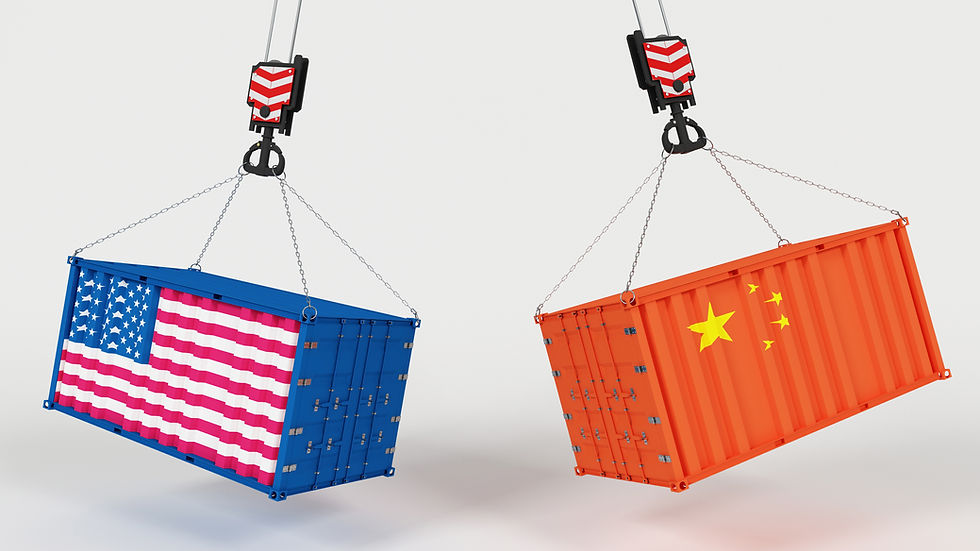Weaker Yuan as a Strategic Response
- admin cys
- Dec 18, 2024
- 2 min read
A Report by CYS Global Remit Counterparty Sales & Alliance Unit

China Considers Yuan Depreciation
As China anticipates a potential second term for Donald Trump as U.S. president, senior leaders are contemplating a significant shift in monetary policy that may involve allowing the yuan to weaken in 2025. This consideration is driven by the threat of increased trade tensions, particularly Trump’s proposed higher tariffs on Chinese goods. Analysts view this strategy as an attempt to counteract the expected impacts of U.S. tariffs while supporting China’s export-driven economy. However, experts warn that such a move could heighten the risk of global trade disputes.
China's Currency Strategy
China’s decision to allow the yuan to depreciate reflects a need for economic stimulus in response to proposed U.S. trade policies. Trump’s plans for a 10% universal tariff on imports and a 60% tariff on Chinese goods could strain China’s export sector. Allowing the yuan to weaken may make Chinese products more competitively priced internationally.
Sources indicate that the People’s Bank of China (PBOC) may consider allowing the yuan to fall to approximately 7.5 per dollar, marking a 3.5% depreciation. This shift would deviate from China’s typical practice of maintaining a stable exchange rate. Policymakers may now be willing to let market forces guide the yuan's value, especially amid rising trade tensions.
This currency strategy aligns with broader economic discussions among officials, who recently pledged to adopt an "appropriately loose" monetary policy in 2025.
U.S. Tariffs and Risks
The potential weakening of the yuan aims to counter Trump's tariff threats, making Chinese exports more competitive. However, economists warn that significant devaluation could provoke retaliatory tariffs from trading partners, leading to a potential "tariff cascade." This scenario could trigger a global backlash against China, complicating its economic objectives.
During Trump’s first term, the yuan depreciated over 12% against the dollar amid escalating trade tensions, aiding export competitiveness. However, China must now carefully balance supporting its export sector with the risk of exacerbating global trade relations.
Global Market Reactions
The prospect of a weaker yuan has already impacted global financial markets, with the U.S. dollar gaining strength against the yuan and other Asian currencies. The dollar index rose by 0.329%, and currencies like the Australian dollar fell to a one-year low due to the anticipated volatility.
These developments may create caution in emerging markets, particularly those reliant on exports to China. As the yuan depreciates, regional currencies may also adjust, adding pressure to economies like Vietnam and Korea.
Federal Reserve’s Influence
The expected rate cut by the Federal Reserve further complicates the global currency landscape. Following recent inflation data, the likelihood of a quarter-point rate cut by the Fed on December 18 rose to over 94%. This potential move could strengthen the dollar and exacerbate challenges for emerging markets.
Conclusion: A Delicate Balancing Act
China’s consideration of a weaker yuan is a calculated response to escalating trade threats from a second Trump presidency. While a depreciation could help cushion the impact of tariffs, it also risks provoking further trade tensions. Investors and businesses must stay alert to these evolving dynamics in a complex global economic environment.
Source:









